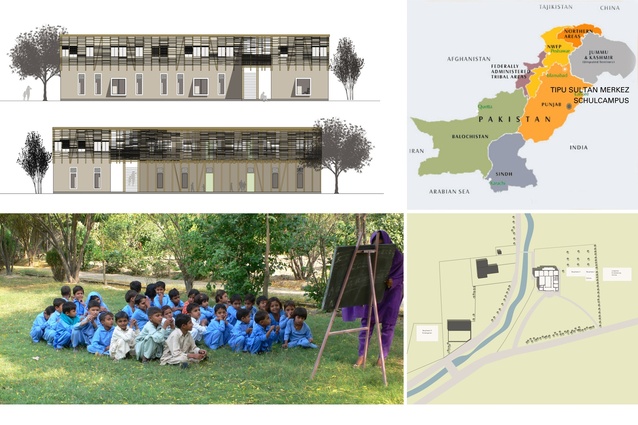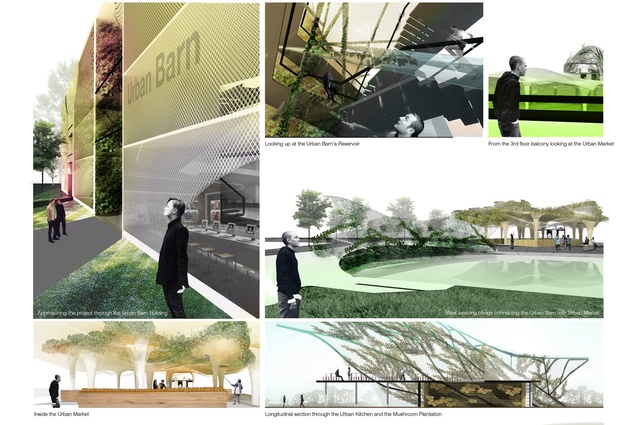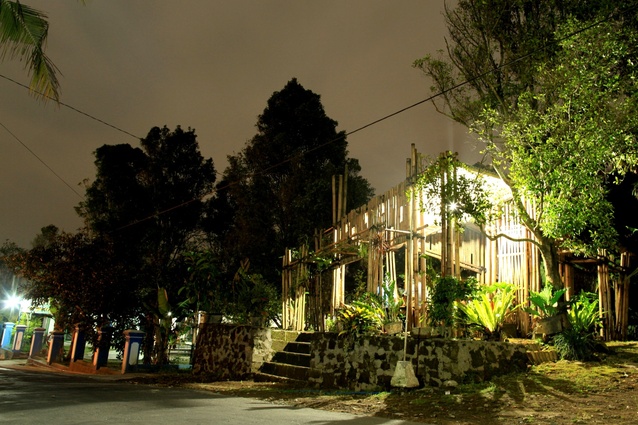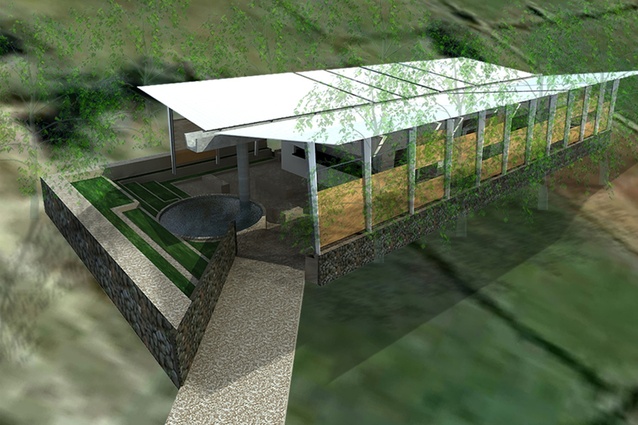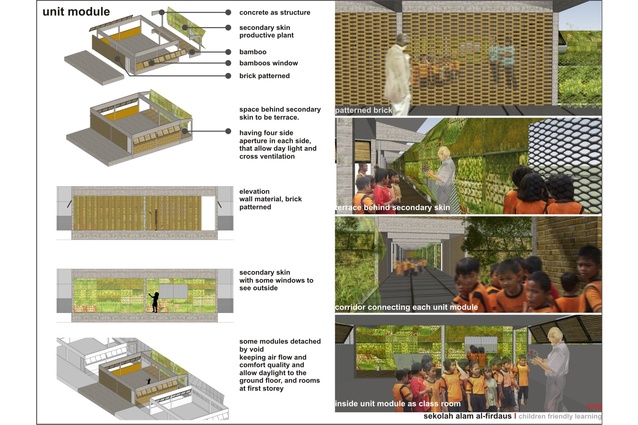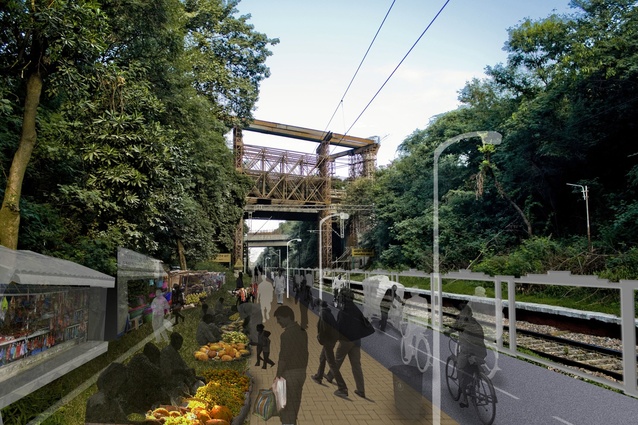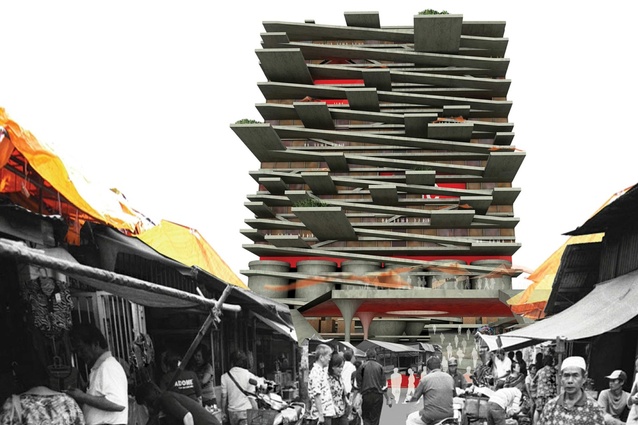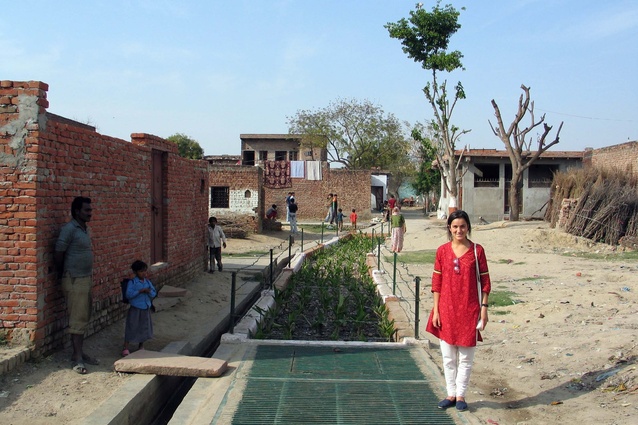Asia Pacific Holcim Awards announced
Every three years, in a very special event, an architect or designer, social commentator or urban planner somewhere in the world attains the prestige and riches of becoming a winner in the Holcim Awards.
The Holcim Awards was created by the Holcim Foundation back in 2003. The brainchild of cement giant Holcim, the foundation aims to instigate and foster global discussion on the challenges and processes of sustainable design. This is a worldwide competition, in which the Asia Pacific region is one of five sectors. The ultimate winner is chosen from among the winners of each sector. The awards are divided into the Holcim gold, silver and bronze awards, the acknowledgement awards and the next generation awards for students. The jury for each region is made up of esteemed architects and academics in conjunction with a participating university or institution. The prize money is considerable for a program of this nature, with a total pool of $US2 million.
The 2011 Asia Pacific region section of the Holcim Awards was held in Singapore, with more than four hundred dignitaries, guests and company personnel in attendance. The winners were announced at a glittering ceremony held at the Ritz Carlton Hotel. The winners had considerable competition. More than 6,000 projects were submitted and 2,160 were shortlisted, 612 of them from the Asia Pacific region alone. The brief is simple: enter a project that fulfils the sustainability criteria. It can be built or conceptual. The 2011 winning projects ranged from an urban agriculture and factory conversion in downtown Bangkok to a locally manufactured cob and bamboo school building in Pakistan and an ecologically designed retail and commercial high-rise building in Malaysia.
At Holcim, passion for sustainable design comes from the very top. Rolf Soiron, chairman of Holcim’s board of directors and of the advisory board of the Holcim Foundation, speaks on sustainability with eloquence and passion. He believes that Holcim has a responsibility to participate in the global discussions on the processes and challenges of sustainability.
The ultimate winner will be decided in 2012, and then it’s all over for another three years. In the meantime, past-winning projects are being built or completed: more than 54 percent of winning projects are in the planning stage, under construction or completed. This is a real competition with architectural legs, and perhaps with luck we will see an Australian winner among the finalists in 2014.
Winning projects
Gold: Locally manufactured cob and bamboo school building, Jar Maulwi, Pakistan
Silver: Urban agriculture and factory conversion, Bangkok, Thailand
Bronze: Ecologically designed retail and commercial building, Putrajaya, Malaysia.
Acknowledgement prize winners
Community structure to encourage social cohesion and development, Cepogo, Ngargorejo and Bongkok villages, Indonesia
Post-earthquake housing renovation, Kobe, Japan
Primary healthcare center, near Dharmapuri, India
Socially integrated rural school, Sukoharjo, Indonesia
Urban renewal and transport circuit, New Delhi, India
Vertical informal settlement and waste recycling center, Jakarta, Indonesia.
Next Generation prize winners
1st: Bicycle use for commuting revitalization project, Beijing, China
2nd: Town plan revitalization and urban development, Navi Mumbai, India
3rd: Decentralized sanitation system, near New Delhi, India.

